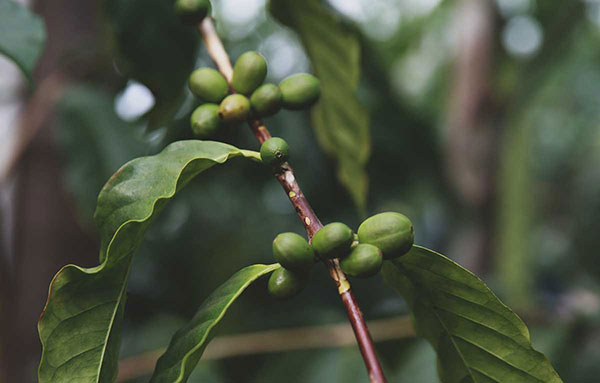
Once the coffee plant matures and the berries grow and ripen, they can be harvested and picked by hand or machine. Some coffee growers use machines to help harvest the cherries, but due to extreme conditions of the terrain where coffee is grown, many growers still pick by hand. The cherries can be stripped off the branch all at once or selectively picked one by one based on ripeness of the fruit. Usually the finer varieties of coffee are picked by hand one at a time rotating bushes and returning days later to collect the next set of ripened cherries. On a good day, an experienced team of three can collect three hundred pounds of coffee cherries. Dried that would equal to sixty pounds of coffee beans.
Almost immediately following the harvest it is time to process the cherries. There are several ways to process coffee and every grower has their own tradition and unique style. The two most common methods used for taking the pulp off the fruit before it spoils is the dry method and wet method.
The dry method consists of drying the cherries on the ground to remove the pulp. The cherries are spread out then raked and turned throughout the day to keep them from spoiling as they slowly dry out. At night and during rain the fruits are covered to protect them from going bad, then the process continues daily as they continue to dry out. After a few weeks of this process the pulp has dried and fallen off and all that is left is the silver skin protecting the bean. Once this step has been completed the beans are then stored until they are ready for the milling stage.
The wet method is much more advanced, and the cherries go through several steps. In this process the pulp is taken off the bean immediately after being harvested. They are then put into water where they are separated, the lighter ones that float to the top are collected and removed while the heavier ones sink to the bottom. They are then separated by size and moved to a tank where they sit and ferment for a few hours as more layers of skin separate naturally. After this step they are rinsed one last time and removed from the water and dried. The drying process is like the dry method, with constant attention made to raking them out to dry evenly. This can be done on a drying table, drying floor or outside in the sun.
With both wet and dry methods, it is important that some moisture stay in the beans to allow them to be stored properly. Drying them too little or too much can affect the final phase of the process.
The last step before packaging is the milling process. The milling process happens right before exporting shipments to the customers. The beans are loaded into a milling/hulling machine where the last thin silver layer of skin is removed. From there they go to the polishing stage and then are sorted by weight and size. Unacceptable beans are removed by hand or machine; these include damaged beans, odd sizes or beans that did not fully dry out.
The final step is to package everything in bulk and have it ready to ship out. The beans are shipped out green and then roasted once they get to their destination. From there the delicious coffee makes its way to you where you can enjoy the final step of making your own fresh brew.
About Blog Post Author
Maker's Coffee
Blog Writer
Maker’s Coffee blog writers consist of highly experienced and talented professionals dedicated to producing quality content that is interesting and informative regarding all things coffee.
Leave us a Comment
Our Coffee Marketplace
Shop for fresh roasted Specialty Coffee delivered direct from our award winning roasters.
-

Durango Espresso Blend
$17.50 — or subscribe to save 10% -

Colombian El Jardin Natural
$23.25 — or subscribe to save 10% -

Ethiopia Durato Bombe
$25.00 — or subscribe to save 10% -

Espresso Fino Blend
$18.00 — or subscribe to save 10% -

Durango Western Blend
$17.25 — or subscribe to save 10% -

Colombia Water Processed Decaf
$18.00 — or subscribe to save 10% -

Espresso Vivo Blend
$18.00 — or subscribe to save 10% -

Costa Rica Las Lajas Red Honey
$20.25 — or subscribe to save 10% -

Dark Espresso Blend Washed Process
$18.50 — or subscribe to save 10% -

House of Per’La Maison Couture Blend
$18.00 — or subscribe to save 10%



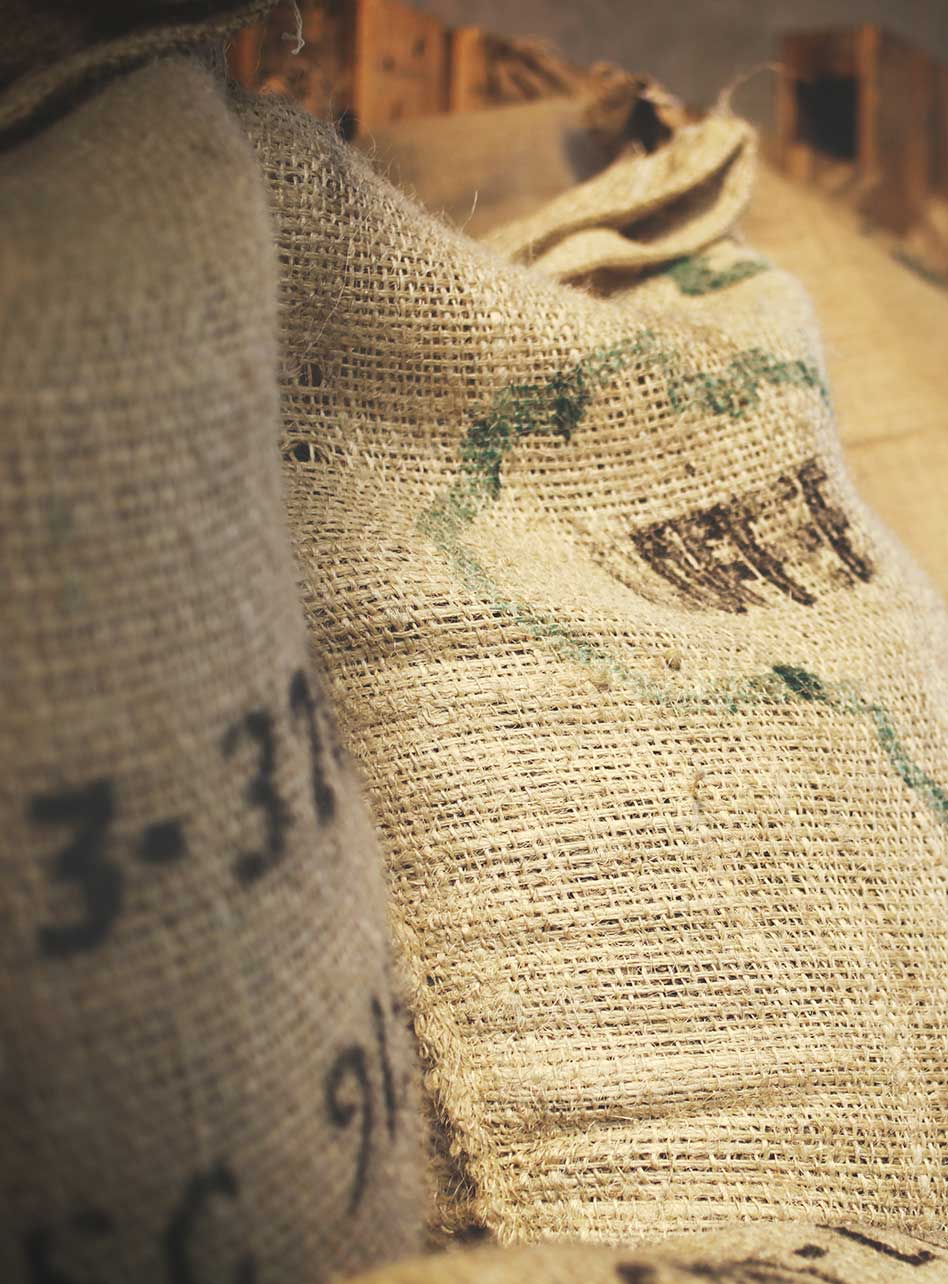


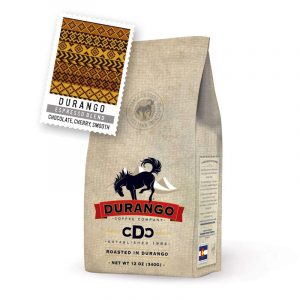
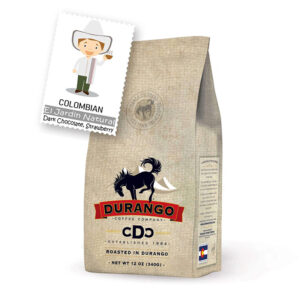
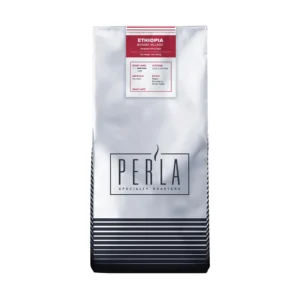
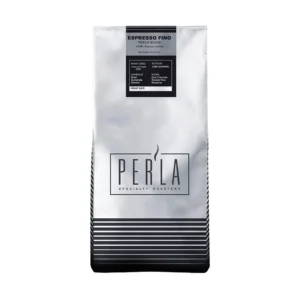
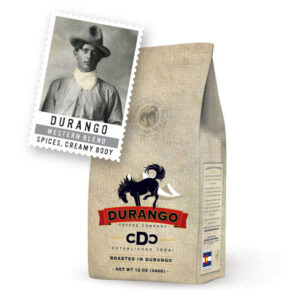

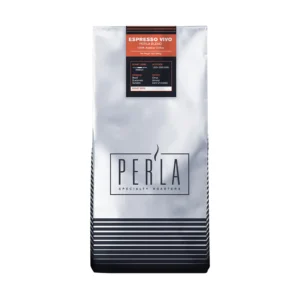
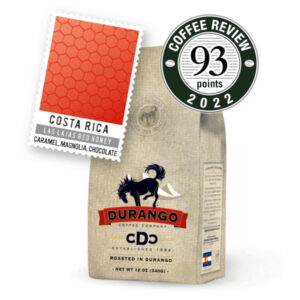
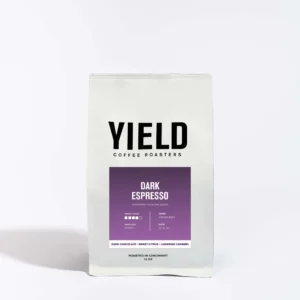
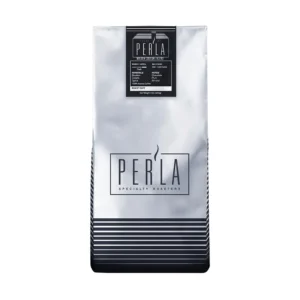


0 Comments